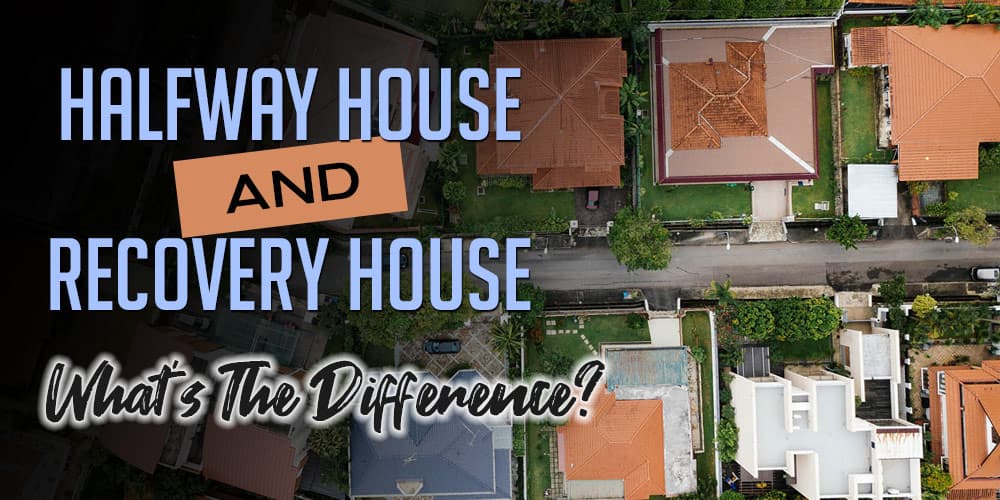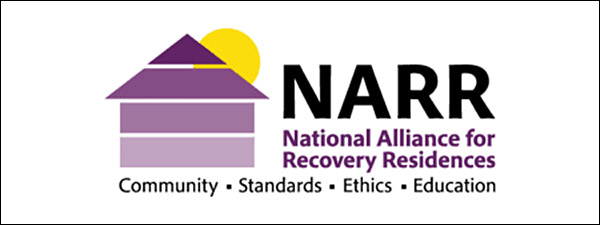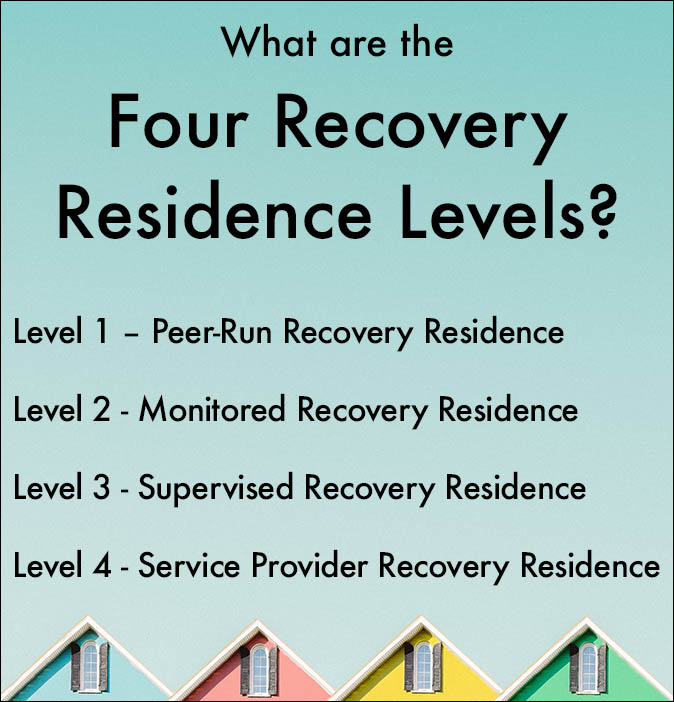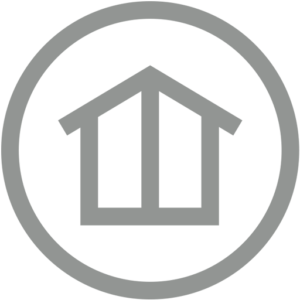
Confused about the difference between the terms “halfway house” and “recovery house?” You’re not alone. People commonly refer to Recovery Houses as Halfway Houses, making matters more baffling. To complicate things, the term halfway house has come to mean different things in each state.
Thankfully, the National Alliance for Recovery Residences (NARR) has come to our rescue and formalized the terms. This means they now make more sense and are easier to differentiate from similar terms. It’s important for people looking for this type of service to know exactly what each one offers.
“NARR defines recovery residence as a “sober, safe, and healthy living environment that promotes recovery from alcohol and other drug use and associated problems.”
– Beth Fisher Sanders, NARR
Why Does the Recovery Residence Name Matter?
Historically, there has been a lot of stigma surrounding recovery houses and halfway houses. The new protocol that has been launched by NARR invites recovery residences to aspire to professional practices and certification standards.
In the past, we had a variety of names for different levels of service for people on various stages of change in their addiction recovery journey.
These reference names included halfway house, three-quarter house, transitional house, or sober living home, with no agreed upon formal definition. Because of this, the true meaning could get confusing and messy.
The official title for all of these residential recovery paths is now simply a “Recovery Residence.”

What is a Recovery House?
A recovery house used to refer to a privately run residential healthcare establishment, where people could live in a safe, supportive environment free from drugs and alcohol addiction. However, the official term for a recovery house is now a “Recovery Residence.”
The name Recovery Residence now encompases both state run and privately run recovery houses and also halfway houses.
To ensure that you choose a high-quality private recovery residence that complies with regulations, check that they’re certified by a reputable organization such as the California Department of Health Care Services (DHCS).
The most reputable residential treatment centers will be accredited by the Joint Commission on Accreditation of Healthcare Organizations, previously known as JCAHO.
What is a Halfway House?
If you’ve spoken with anyone in recovery, you’ll probably know just how difficult it can be to transition from an addiction treatment program to living an independent life. A halfway house bridges the gap between a drug or alcohol treatment center and full integration with society.
A Halfway House is traditionally a state-run facility. This means that patients need to be on Medicaid to be able to live in a halfway house. Residents are also free to come and go from a halfway house. This allows them to go to work or visit family, providing a smooth transition from residential rehab.
The term “halfway house” has also now been replaced with “Recovery Residence.” However, there are different levels to recovery residences.
As of 2016, those who receive Medicaid (and other healthcare insurance) can now claim for treatment for addiction.
The 4 Recovery Residence Levels
The new industry standards for recovery residences implemented by NARR include four distinct levels. This is an attempt to standardize the services offered by recovery residences, making it easier for people to figure out what each establishment offers.
Here is a summary of the 4 recovery residence levels:
Level 1 – Peer-Run Recovery Residence
A Peer-Run Recovery Residence offers supportive accommodation in a substance-free community environment. This type of housing doesn’t come with paid staff, however, there are often accommodation officers who will deal with admissions, discharges, and help clear up unresolvable issues.
A typical peer-run recovery residence will be a single home with shared or private rooms for residents.
This level of service provides independent living with the accountability of other sober people living in the house.
Peer-run Recovery Residences are more commonly referred to as sober living homes and are a cost-effective way to transition from a full-time treatment center to the world at large.

Level 2 – Monitored Recovery Residence
A Monitored Recovery Residence offers supervised care in community-led accommodation.
Unlike the level 1 model, there’s a senior resident who provides a structured environment and enforces the rules and standards.
This level of recovery residence is best suited for someone who needs a bit more structure and support.
There are often in-house meetings and support groups that residents can participate in. Monitored recovery residences, like peer-led recovery residences are long term, where people normally stay there for 90 days or more.
Level 3 – Supervised Recovery Residence
For those that require additional support, a level 3 Supervised Recovery Residence might be their best option.
This level of recovery often includes some medical or clinical support and provides more rehabilitative services. Guidance is provided so that residents can find employment, get healthy, and integrate back into society.
A Supervised Recovery Residence can be in a single dwelling or larger multi occupancy building, ideal for those who have just completed rehabilitation treatment for substance abuse, such as a non-12 step rehab program.
Level 4 – Service Provider Recovery Residence
The highest level of supervision and care is offered in a Service Provider Recovery Residence.
Staff at a level 4 recovery residence are normally highly trained and offer a clear structure for residents to follow. The focus is on providing peer-based care in a clinical structured setting.
At the present time, most insurance companies will only consider paying for level 4 recovery residencies.
Level 4 recovery residencies are best suited to people who need to learn how to live a life free from mood altering substances, while still benefiting from a highly structured clinical setting.
People who are new to the recovery process will benefit greatly from this level of care.
The Effects of Categorizing Recovery Residences
The new system for categorizing recovery residences offers professional standards so that people know how much care they are going to receive.
Level 1 offers basic sober living, whereas level 4 provides the highest level of care, while still retaining some level of individual responsibility.
Level 1 is best suited to those who know that they need to keep away from external triggers, people or environments that draw them back into a life filled with drug or alcohol use.
Level 4 is designed for those who need a high level of structure and care and is best-suited for those who have recently completed a detoxification program.
While the old names “Halfway House” and “Recovery House” are still used by some people, many industry professionals do not use the terms the way they have in the past.
Hopefully this will eliminate a lot of confusion that was previously caused by the old terminology.
Related Posts
- What is the Difference Between a Bad Habit vs. Addiction?
Many people wonder how to know when a bad habit becomes an addiction. It can…
- Overcoming Addiction Triggers - Tips for Recovery
The most difficult part of overcoming addiction and addiction triggers is making the decision to…
- Stages of Change Addiction Recovery (Transtheoretical Model)
In the journey from substance use disorder to recovery, every person experiences changes in their…
